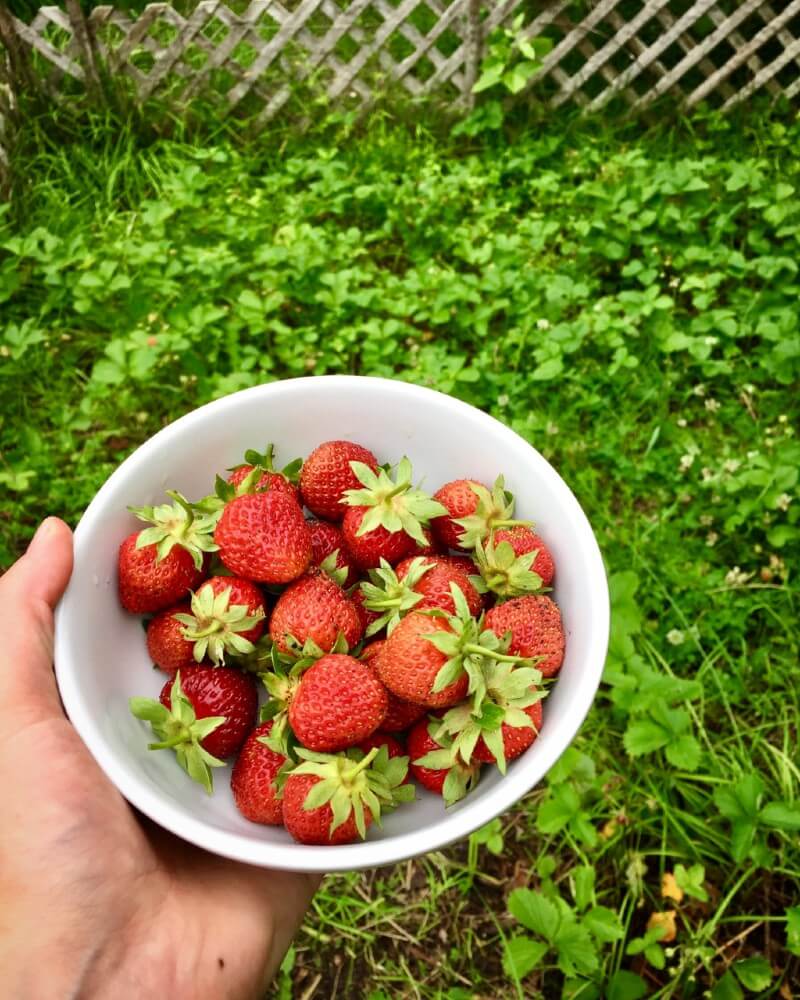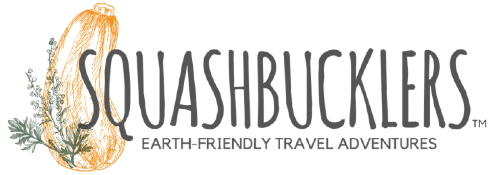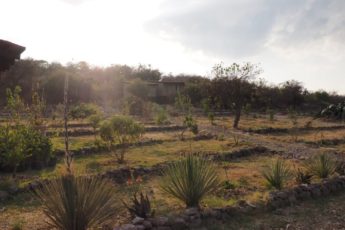Why organic?
This question is often asked by some when walking through the supermarket and seeing a whole section of seemingly overpriced produce, right next to the much more affordable and visibly identical or more beautiful fruits and veggies. It’s asked condescendingly in response to “hippies” spouting off requests of “free-range,” “organic,” “regenerative,” “fair-trade,” “gluten-free,” and all the other labels and lingo that seem to be strewn all over packages now-a-days.
Food is just food. Can we all just chill? It would be nice if that were the case.

Although a century ago it would have been, inherently organic food is, unfortunately, no longer a reality. Industrial farming has become the norm. Mono-cropping (planting only one crop, like soybeans or corn), instead of a diversity of plants and animals, is rampant.
These changes may seem minor or unimportant, but it has radically changed our food supply and sourcing. It has forced the term “organic food” into existence. As mono-cropping became popular, farmers realized the soil wasn’t as strong as it used to be. It now required synthetic fertilizers just to keep growing. Similarly, the pests that used to be kept at bay were now taking over because the plants couldn’t work together. Man-made and untested pesticides began to be used.
In the 1970s, genetically-modified seeds (GMOs) were introduced, supposedly to increase yields. Unfortunately, it came with the new practice of liberally spraying crops with herbicide to kill the weeds. This worked because the new seeds were resistant to being killed by the chemical. You would probably think the chemical had been tested for human safety, but this was largely not the case. No longitudinal studies were conducted that could prove its safety before the product was released. Now, it is used on everything from farmers’ fields to residential lawns and parks where children play, using the name Roundup. The chemical is also commonly used as a desiccant to dry out certain crops, like wheat and oats, before harvest. Today, it is used on 80% of GM crops including corn, soybeans, cotton, canola, and sugar beets.
It’s claimed by the company, Monsanto, that it’s safe for humans because it suppresses a pathway that is only found in plants. To some extent, this is true. What’s extremely concerning is the effect it has on the bacteria that live in our bodies which do contain this pathway. These bacteria, which collectively weigh about 2 to 6 pounds, have fairly recently been found to be the most influential components of a person’s health. If they are being suppressed and killed by a supposedly safe chemical, it can lead to serious complications. One study by researchers in France found that mice who ingested levels of the chemical lower than the amounts considered safe for humans grew disturbingly large tumors.
Chemical tests have revealed the presence of glyphosate, the active ingredient in Roundup, in many of the most famous products with Cheerios, Corn Flakes, Ritz Crackers, and Stacy’s Pita Chips being some of the highest. Cheerios was found to have a glyphosate test rate of 1125.3 parts per billion (PPB). This news is disturbing given the fact that endocrine disruption has been shown to be caused by glyphosate at the low level of .05 PPB, and when tests were done on the urine of individuals across the country, glyphosate was found at the average levels of 3.096 PPB in adults and 3.586 PPB in children.
So, why organic?
For me, the evidence speaks for itself. But why not choose organic because it’s the way food should be? Chemical free and safe and healthy to eat. It’s been found to have more nutrients and antioxidants than conventionally-grown foods and many people say it tastes better! You can also rest assured knowing you’re keeping your gut bacteria happy, and is there really any better feeling? 🙂
Thanks for reading, let us know what you think, and stay tuned for similar posts in the future!
~Leah
Sources:
“Food Testing Results.” The Detox Project. The Detox Project, n.d. Web. 19 Jan 2017.
“NIH Human Microbiome Project Defines Normal Bacterial Makeup of the Body.” National Institutes of Health, U.S. Department of Health and Human Services, 31 Aug. 2015, www.nih.gov/news-events/news-releases/nih-human-microbiome-project-defines-normal-bacterial-makeup-body.
Séralini, Gilles-Eric, Emilie Clair, Robin Mesnage, Steve Gress, Nicolas Defarge, Manuela Malatesta, Didier Hennequin, and Joal Spiroux De Vendamois. “Republished Study: Long-term Toxicity of a Roundup Herbicide and a Roundup-tolerant genetically Modified Maize.” Environmental Sciences Europe 26.1 (2014): n. pag. Web. 18 Jan. 2017.
Sustainable Pulse. “Alarming Levels of Glyphosate Contamination Found in Popular American Foods.” Sustainable Pulse. Sustainable Pulse, 04 Dev. 2016. Web. 19 Jan. 2017.
UCSF. “UCSF Presentation Reveals Glyphosate Contamination in People Across America.” UCSF Presentation Reveals Glyphosate Contamination in People Across America. Organic Consumers Assocation, 25 May 2016. Web. 19 Jan. 2017.
Watts, Meriel, and Peter Clausing. “Glyphosate.” PAN International (n.d.): n. pag. PAN International. Pesticide Action Network (PAN) Asia Pacific. Web. 18 Jan. 2017.





